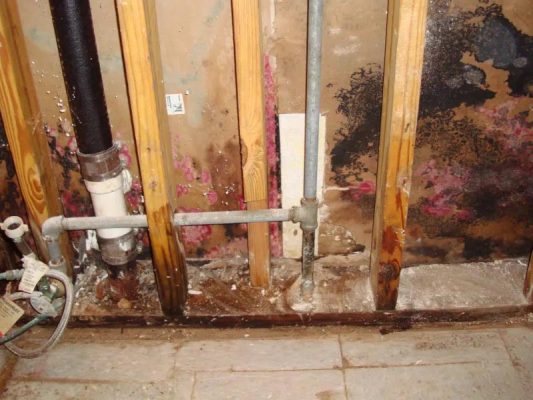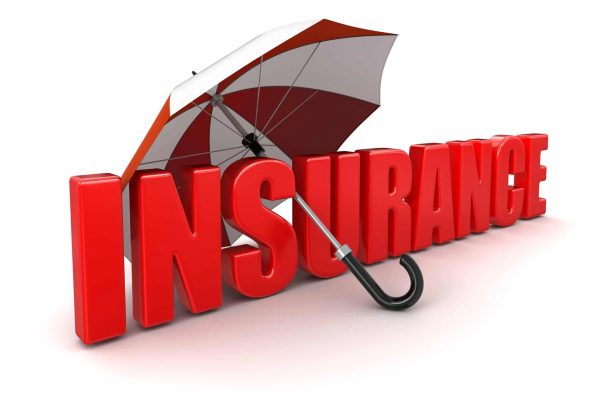Why Choose Flood Zone Disaster Recovery?
- We are available 24/7 and teams can be dispatched immediately to mitigate the damage and prevent further losses.
- Our team is specialized and certified in handling commercial losses, we consistently stay up to date on industry best practices, understand regulations, and utilize advanced restoration techniques.
- Extensive resources, including equipment and manpower is available to execute restoration tasks of any magnitude efficiently.
- Our insurance coverage is carefully selected for the work we do and exceeds most of our clients expectations.
- Scope of work, progress updates, timelines, and any potential challenges or additional costs are clearly communicated throughout the restoration process.
- Customized solutions tailored to your specific needs and flexibility to adapt to changing circumstances during the restoration process.
Experts in Mold Removal
All structures, particularly commercial buildings, are prone to mold infestation, but the presence of mold in commercial environments poses a significant health hazard to the public. Undertaking the mold remediation process in a commercial setting necessitates the expertise of a professional well-versed in commercial mold removal and mitigation. This ensures that the risk of cross-contamination across different areas of the commercial property is minimized.
Commercial buildings that have experienced water damage, high levels of humidity, or other issues related to moisture are especially vulnerable to mold growth. Mold proliferates rapidly and poses a major threat to air quality and the health of individuals within these commercial spaces. Visible mold on any surface is a clear indicator of a potentially larger issue lurking beneath.
The Commercial Mold Removal Process
When a commercial property is identified as having a mold issue, it’s crucial to initiate the commercial mold removal and mitigation process promptly. Implementing engineering controls, such as tailor-made containment barriers, the use of HEPA-filtered air filtration devices, and establishing negative air pressure, is essential in preventing the spread of mold spores to uncontaminated areas during the removal process. The core of the commercial mold removal process involves various demolition and mechanical remediation techniques, followed by comprehensive cleaning procedures to thoroughly eliminate mold from the premises. A focus on safety and discretion is paramount in the commercial mold mitigation process.
To avert future mold recontamination, it’s imperative to promptly identify, locate, and address or manage any underlying moisture issues like leaks or high humidity. Without controlling moisture, mold regrowth in commercial properties is inevitable.
The specialized nature of mold remediation demands a unique blend of expertise and skill for effective execution. Inadequate remediation methods can result in the spread of mold to other areas, recurrent mold issues, and potential health complications for building occupants even after remediation. Therefore, it’s always advisable to engage certified and licensed professionals in commercial mold damage cleanup, who are adept in commercial mold removal and mitigation services, to evaluate and address mold concerns in commercial settings.
Mold Remediation Services Include:
- Custom containments and engineering controls
- Media Blasting
- Dustless demolition
- Moisture detection and thermal imaging
- Equipment Rentals
- Documentation and reports
- Multi-step post-demolition cleaning
- Emergency power
- Corrosion control
Our Mold Remediation Process
We have the capacity to execute any size project, small or large, to get you Back in Business as quickly as possible.
Our Commercial Mold Remediation Process has a long history of success. We follow industry standards to provide safe and efficient removal of mold in contaminated buildings. Our experts in mold remediation can remove the mold without it spreading to other areas of the building, leaving you with a clean and healthy work environment. If you are looking for an organized commercial mold abatement company you are in the right place.
1
Assess
Testing for mold contamination on surfaces and in the air should usually be performed both before and after remediation. This helps determine the type of mold containment, the severity of the problem, and how successful remediation has been once complete. The remediation specialist will inspect all areas noticeably affected by mold damage and determine the condition of mold contamination (1, 2, or 3). They will perform moisture checks in drywall, flooring, structural cavities, and any other potentially damaged materials to help determine the extent of the damage. Pre-remediation laboratory air analysis may be performed at this time by a licensed mold assessor who will also prepare a scope of work. We will note any items that have been damaged and remove all items from the affected area.
2
Contain
Temporary containment barriers are constructed to prevent mold spores from spreading to non-affected areas of the building, known as cross-contamination. We typically use temporary wall systems, block HVAC vents, and create negative air pressure to achieve this. Containments may be constructed around any affected area, even in corners, around permanent objects, and in hard-to-reach places.
Establishing and maintaining negative air pressure in containment areas relative to the surrounding indoor occupant spaces important to prevent cross-contamination and remove mold spores from the air during demolition and cleaning. This is accomplished with the use of HEPA equipped negative air machines (air scrubbers) placed inside the containment area with exhaust vents leading outside the building. In some areas, venting the HEPA filtered air scrubber to the outside of the building is impractical. In these cases, air should be recirculated in the containment room.
Negative air pressure will be checked and monitored by a remediation specialist regularly. Drying equipment may also be used in buildings with elevated moisture readings. Our equipment is placed in specific positions to maximize effectiveness and should not be moved.
3
Remove
Bleach alone does not kill mold and attempts to isolate mold or remove visible signs from the surface are not adequate. Porous contaminated materials including drywall, flooring, furnishings, cabinets, and other items must be physically removed from the structure to remove mold. Drywall removal is done using a saw with HEPA filtration attachment to help minimize dust. Contaminated materials are bagged in extra heavy-duty bags and removed from the structure for disposal.
Structural materials such as wood framing may be salvaged by sanding, scraping, or media blasting the material to remove mold growth. Soda blasting is a great option for large mold remediation and fire damage restoration projects, as it is quicker than sanding, and also helps to deodorize. Soda blasting is the process of propelling granular sodium bicarbonate (baking soda) against a surface using compressed air. Soda is an extremely friable material that micro fragments on impact, literally exploding away surface materials from a sensitive substrate, like wood or brick, without damaging the surfaces.
4
Decontaminate and Clean
Decontamination should be accomplished to the extent possible by cleaning. Cleaning removes contaminants, microorganisms, and their food sources from an environment. Appropriate cleaning methods vary widely depending on the types of materials and contaminate types. When contaminants are biological, often antimicrobial agents may be used to accomplish decontamination or prevent amplification.
Once all demolition is complete, all surfaces within the containment area will be thoroughly vacuumed and cleaned using HEPA-filtered vacuums and an antimicrobial disinfectant to kill and remove any remaining mold spores on surfaces. Areas to be cleaned include remaining drywall and ceiling, contents,
windows, light fixtures, wall cavities and studs, and any other surface in the area.
5
Verify
The affected area is checked for debris and additional hidden mold growth by the remediation specialist. Once visual inspection is passed, post-remediation air sampling is performed. All post-cleaning surface samples should indicate the absence of mold growth and residual levels of fungal elements are similar to those found on visibly clean surfaces in uncontaminated buildings and on new building materials.
6
Prevent
To limit future contamination or recontamination, moisture problems such as leaks or high humidity problems must be identified, located, and corrected or controlled as soon as possible. Mold growth is inevitable if moisture is not controlled.




